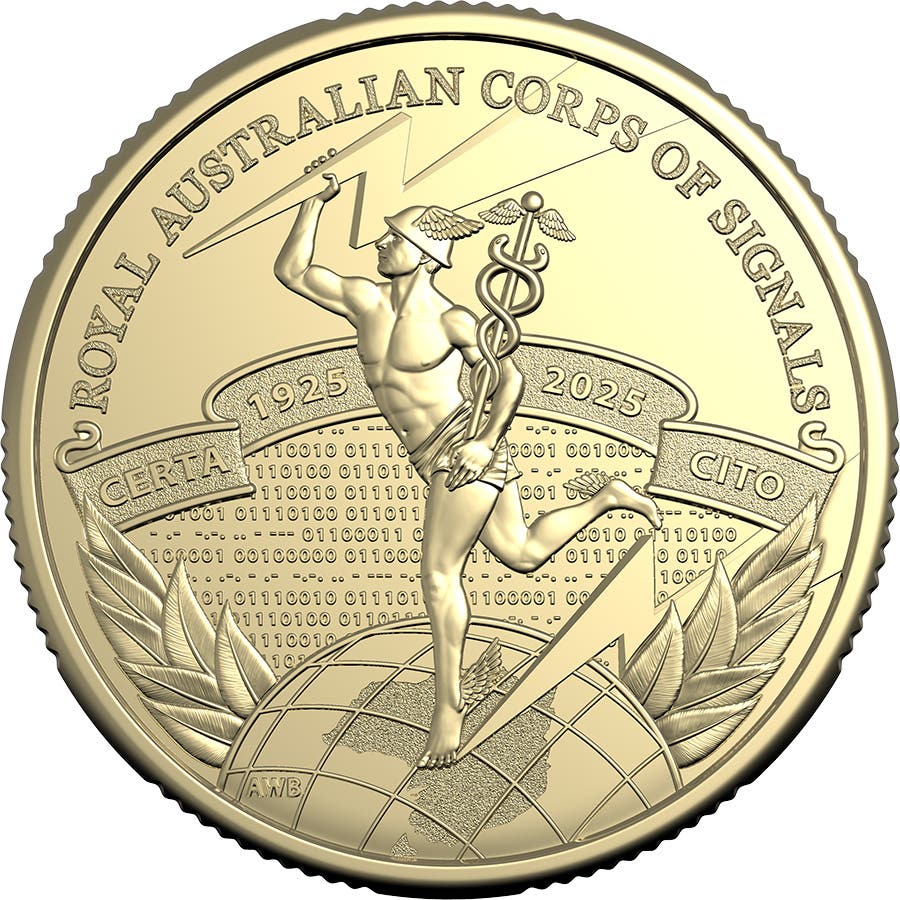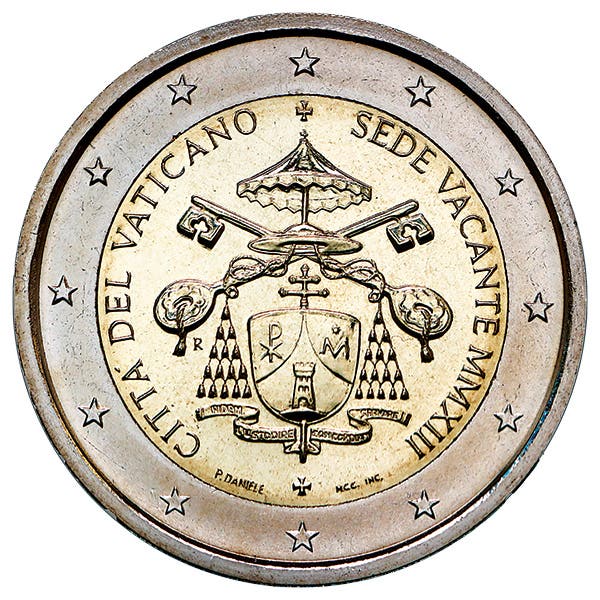English coins in spotlight
By Kerry Rodgers Few present-day collectors of English coins are as eminent as Lord Stewartby. His celebrated Academic Collection of English Coins was assembled over a long and very active…
By Kerry Rodgers
Few present-day collectors of English coins are as eminent as Lord Stewartby. His celebrated Academic Collection of English Coins was assembled over a long and very active numismatic life. It is now being dispersed by Spink through a series of auctions to be held over coming months.
The first took place in London on the morning of March 22. It consisted of Stewartby’s Anglo-Saxon and Norman coins. Many came with impressive provenances, having been acquired from some of the great collections of the past. As Stewartby commented: “The only sad thing about a collection such as this is that it would be impossible for an interested amateur, as I was, to put it together today.”
Lot 1 in the sale set the scene for what was to follow. It consisted of a superb gold thrymsa (shilling) of Eadbald of Kent (616-640), S-758. This was the first gold coin to be issued in the name of an English king. Just seven examples are known, five of which are in institutional collections. All show Christian iconography and hence date from after Eadbald’s conversionfrom paganism, somewhere between 620 and 635.
The coin on offer came well-struck and centered although on a slightly irregular flan. Graded EF it raced to four times estimate to sell for $84,600 [£60,000].
Perennially popular but seldom affordable, a rare Londonia monogrammed penny of Alfred the Great of Wessex, S-1061, took second highest price in VF. Admittedly at $15,228 [£10,800] it was behind Eadbald’s gold result.
From the 12th century Anarchy came a rare penny of Matilda struck during her time in England, S-1326. With a good portrait, if somewhat obscure legend, it had no problems in reaching $14,382 [£10,200] in VF.
Other prices of note included:
Eadred (946-54) extremely rare halfpenny, S-1120, aVF: $11,844 [£8,400];
Edward the Confessor (1042-66) penny of rare mint and type, S-1185, VF: $11,844 [£8,400];
Cynethryth, wife of Offa of Mercia, very rare penny, S-909, gVF: $10,152 [£7,200].
William I (1066-87) extremely rare two scepters penny, S-1253, aVF: $7,614 [£5,400].
Full details of the sale, including the catalog and prices realized, are available at the Spink website: https://www.spink.com/. A 20 percent buyer’s premium has been added to the prices cited where 1GBP = 1.41USD.
This article was originally printed in World Coin News.
>> Subscribe today or get your >> Digital Subscription
More Collecting Resources
• The Standard Catalog of World Coins, 1801-1900, 8th Edition is your guide to images, prices and information on the century's coins.
• Keep up to date on prices for Canada, United States and Mexico coinage with the 2016 North American Coins & Prices guide.








